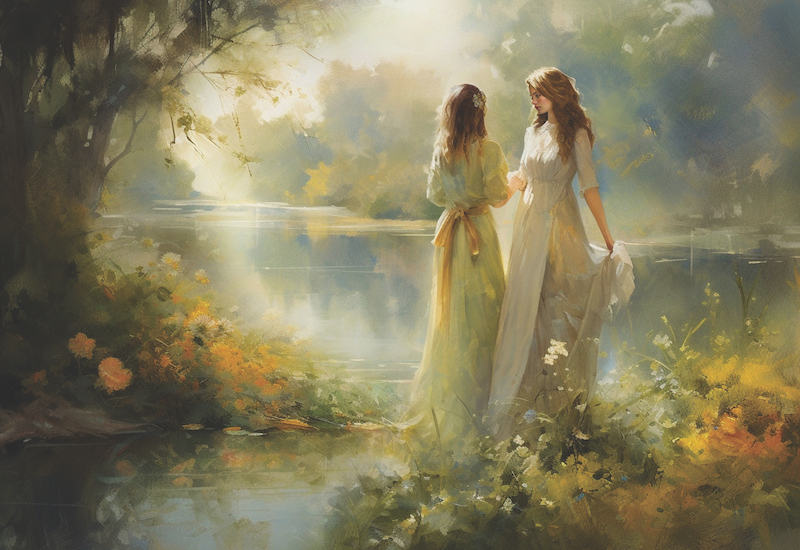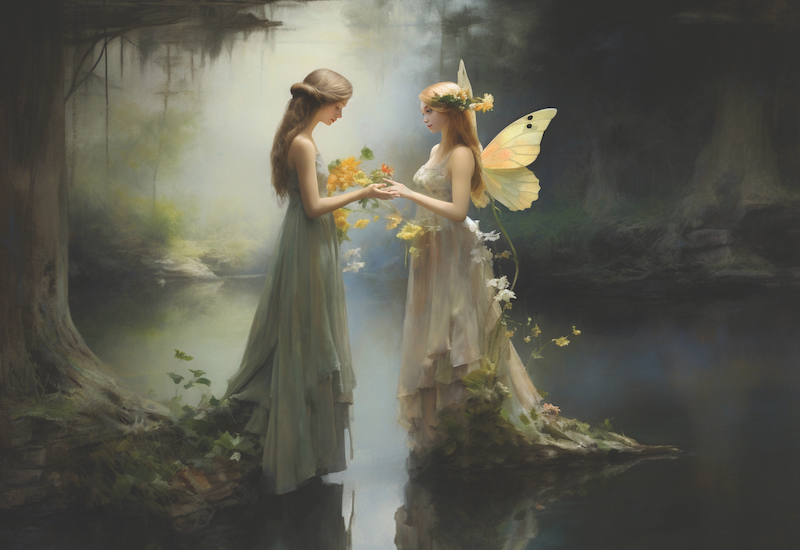Throughout the late 19th and 20th centuries, the rebels and renegades of the art world moved further towards abstraction, leaving behind realism in favour of explorations of colour, composition and line. NSW-based artist Steve Fitz sees his practice as rebelling in turn against dominant aesthetic trends, bringing the body back into focus. “It’s more than just depicting physical bodies”, says the artist, “it’s about capturing the emotions, stories, and complexities that reside within them. Figurativism allows me to delve deep into the psyche, expressing the beauty, struggles, and vulnerabilities of humanity through the language of form and gesture.”
Having in the past looked to Romanticism, Modernism and the Old Masters, the artist’s most recent works bring together contemporary concerns with a stylistic approach informed by masters of the Academic and Neo-Classicist styles such as Jean-Léon Gérôme. This period saw artists looking to Classical Rome and Greece for inspiration, informed by the graceful marble statuary that was being unearthed at great speed across Europe. Echoes of a golden age made their way into art, championing the physical perfection artists saw in these ancient works. Unlike Gérôme however, Fitz does not see these figural masterpieces as remnants of a glorious lost world, but rather as a device to glorify the inhabitants of our modern one. At a time where women’s rights are being compromised the world over, Fitz looks to venerate the female form as a monument to power of women, in all their emotional complexity.
Matriarch of the Modern Man sums up his approach to Figurativism. Utilising a style that brings Neo-Classical figuration firmly into the modern realm of digital art, we see two figures, solid as marble and soft as flesh. Pictish symbols draw on chronicles that speak of Pict women standing alongside men to fight off the Romans. The women are both potently powerful and distinctly feminine, beautiful and multifaceted. By adhering to figurativism, Fitz can incorporate historicity and modernity, rebelling via the emotive potential of realism.
Above: Steve Fitz, Woodland Encounters, 2024. Oil on canvas, 80 x 55cm. Courtesy: the artist.

Steve Fitz, Secret Encounters, 2024. Oil on canvas, 80 x 55cm.

Steve Fitz, Matriarch of the Modern Man, 2024. Oil on canvas, 150 x 100cm.

